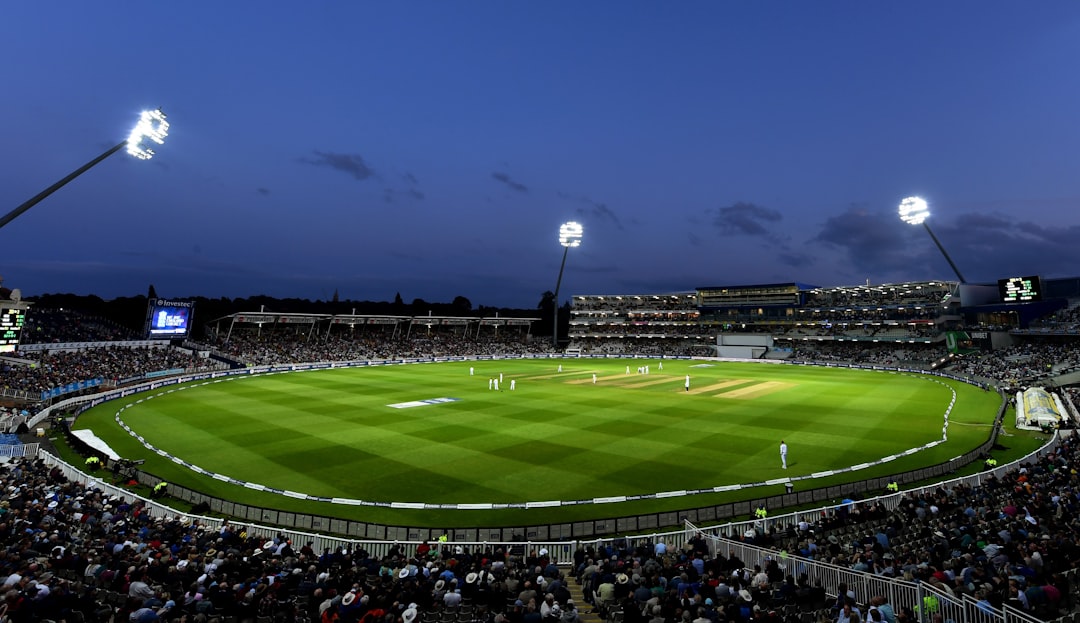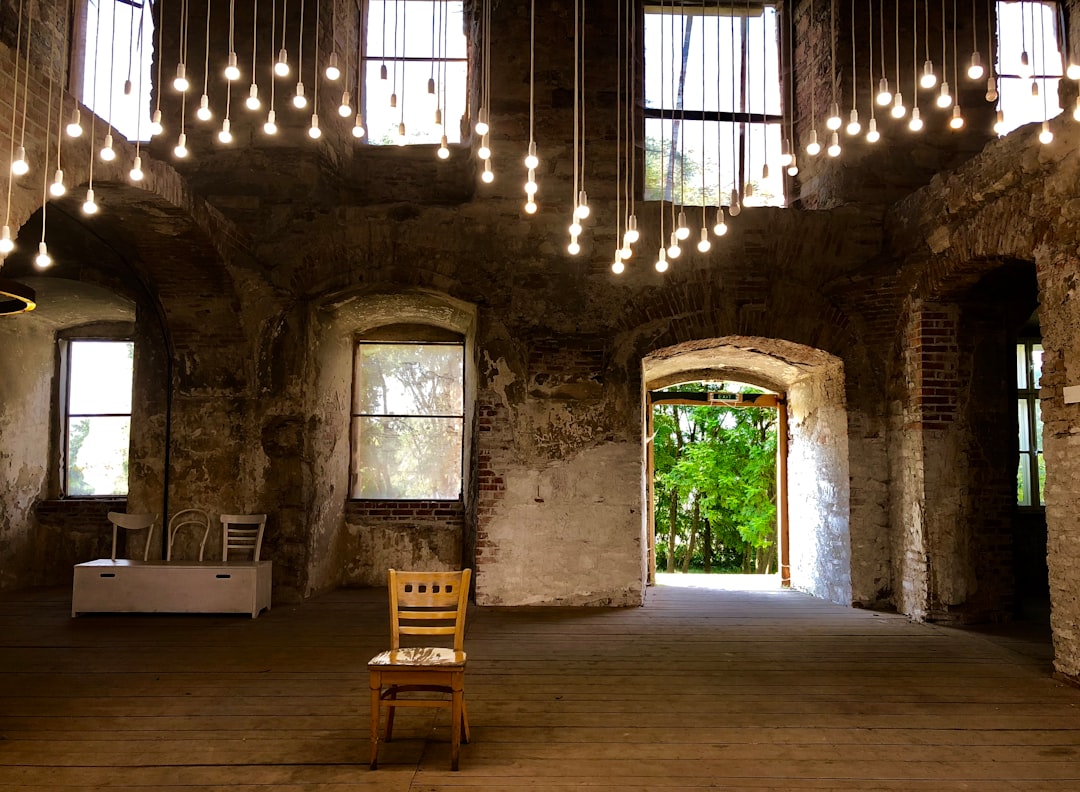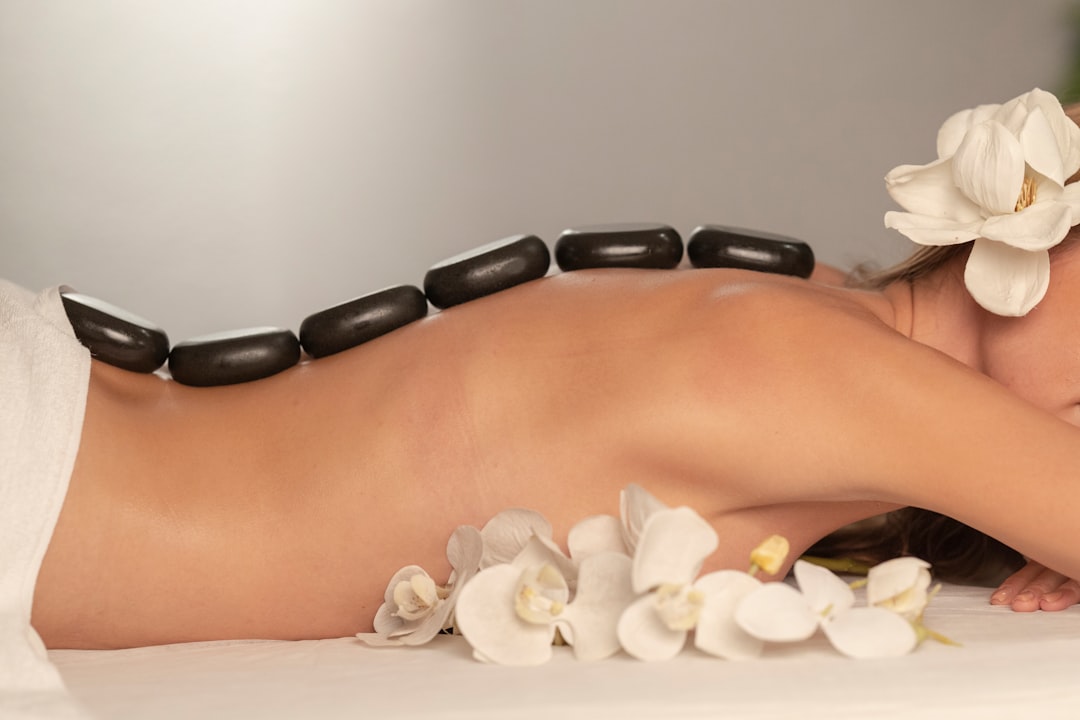Installing flood lights can significantly enhance both the security and aesthetics of your property. These powerful lights deter potential intruders and illuminate outdoor spaces, making them ideal for gardens, driveways, and building exteriors. Whether you’re a homeowner looking to increase safety or simply want to highlight your home’s architecture, flood lights are an excellent choice.
Before you begin the installation process, it’s essential to plan carefully. Identify the areas you wish to light and consider the purpose of the lighting. Is it purely for security, or do you want to create a welcoming ambience for outdoor gatherings? This will help you determine the best type of flood light and its optimal placement.
Next, consider the power source. Most flood lights are powered by electricity, but solar-powered options are also available. Electrical flood lights require professional installation to ensure safety and compliance with local regulations. If you’re not experienced with electrical work, it’s wise to consult a professional. A reliable service provider for flood light installation can offer expert advice and ensure the job is done correctly.
Once you’ve chosen your flood lights and planned their placement, it’s time to install them. Begin by mounting the lights at a height that provides the best coverage area. Position them so that they do not shine directly into neighbours’ windows, which can cause discomfort. Adjust the angle of the lights to cover the desired area effectively. Most flood lights come with adjustable mounts, allowing you to change the direction of the light beam as needed.
It’s important to pay attention to the type of bulbs used in your flood lights. LED bulbs are a popular choice due to their energy efficiency and long lifespan. They provide bright, clear light and are available in various colour temperatures. Opt for a warm white light for a cosy atmosphere or a cool white light for enhanced visibility and security.
Weather resistance is another crucial factor. Flood lights are exposed to the elements, so choose fixtures that are rated for outdoor use. Look for lights with a high IP rating, which indicates their resistance to water and dust. This ensures your lighting will withstand rain, wind, and other environmental factors, providing reliable service year-round.
In addition to traditional flood lights, consider options with motion sensors. These lights turn on automatically when they detect movement, which can be a significant deterrent to potential intruders. They are also energy-efficient since they only activate when needed.
For those who prefer a sustainable option, solar flood lights are an excellent alternative. They harness energy from the sun, eliminating the need for wiring and reducing electricity costs. However, ensure your solar lights are placed where they will receive adequate sunlight during the day to function effectively at night.
Finally, regular maintenance is key to ensuring the longevity and effectiveness of your flood lights. Periodically check the fixtures for damage and clean the lenses to remove dirt and debris. This will keep the lights shining brightly and performing at their best.
In conclusion, installing flood lights is a practical and stylish way to enhance your property’s security and appearance. By carefully planning their placement and choosing the right fixtures, you can create a safe and inviting outdoor environment. For more information on lighting solutions and services, visit this helpful resource.









